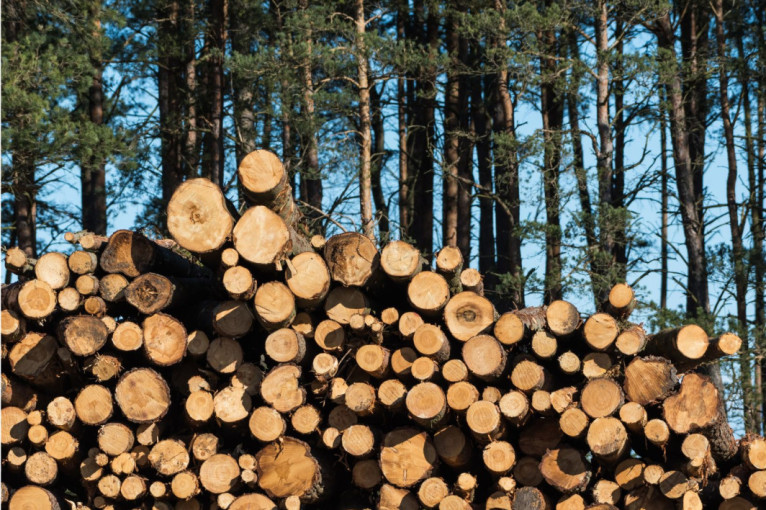
Indonesia’s Meteorology, Climatology, and Geophysics Agency stated that the country is experiencing an extraordinary increase in temperature this year.
Prolonged drought has led to water shortages in several areas. Not only Indonesia but countries like Italy, Morocco, the United States, and Greece are also feeling the scorching heat.
This phenomenon is a consequence of climate change caused by the accumulation of carbon emissions in the atmosphere. Various sectors, including the housing sector, are racing to find alternatives to reduce carbon emissions.
“We all know that the impact of global warming triggering climate change, weather anomalies, and extreme weather is caused by increased carbon emissions,” said Diana Kusumastuti, Director General of Human Settlements at the Ministry of Public Works and Housing, in a seminar titled “Best Practice of Design and Construction of High-Rise Timber Buildings” on Saturday (October 14).
“At the 2021 COP26 in Glasgow, President Jokowi stated that Indonesia’s target is achieving net-zero emissions by 2060. On September 23, 2022, Indonesia also submitted a target change to the UNFCCC secretariat: an increase in emission reduction targets from 29% to 31.89% through national efforts and from 41% to 43.20% with international assistance. This target change is Indonesia’s commitment ratified by international policy.”
Building or construction is one of the most significant contributors to carbon emissions, accounting for 30% of the world’s total carbon emissions.
Recognizing the urgency, the UGM Faculty of Engineering and the UGM Faculty of Forestry introduced an innovation in wooden construction proven to absorb carbon rather than emitting greenhouse gases.
“Iron and cement contribute the most significant emissions. Meanwhile, all buildings in Indonesia use iron and cement construction,” added Kusumastuti.
“Using renewable building materials with low carbon emissions needs to be encouraged. Wood is renewable and has a short growth period of 5-10 years. The advantages of wood materials can even be applied to buildings.”
Wood, a typical primary building material, has long been abandoned due to the lack of reforestation and the trend of cement-based buildings. However, wooden buildings are proven to be 40-50% lighter than concrete and iron structures.
Wood has elasticity up to a certain point, becoming flexible when subjected to pressure. This is unlike cement and concrete, which lack elasticity. This advantage makes wooden buildings more resistant to earthquake disasters.
Moreover, tall buildings made of wood can absorb up to 3,100 tons of carbon. In contrast, concrete buildings emit around 1,200 tons of carbon.
Nevertheless, the innovation of reusing wood as a building material needs to be accompanied by sustainable strategies.
“We have experienced excessive deforestation, making it seem like using wood is damaging the forest. Wood is a renewable product as long as we plant it. Sometimes, we harvest without planting. If the market orientation is clear, people are willing to plant,” said a UGM forestry expert, Tomy Listyanto.
“We have limited production forests of 2.8 hectares, production forests of 29.33 hectares, and convertible production forests of 12.79 hectares. And if we look at Indonesia, there is a recommendation for production forests, meaning if we use wood, the area designated for wood production is quite high.”
Looking at the goal of reducing global carbon emissions, using wooden buildings can be a significant alternative. However, this innovation needs to be reassessed regarding government policies and regulations to implement sustainable construction.
Wooden building manufacturers must still be responsible for replanting trees that have been cut down. The wood selected as a building material must also meet national standards to be solid and safe for habitation.
“Universities have a role in conducting research and development through collaboration between higher education institutions, industries, and practitioners, which can utilize what we have abundantly but also think with a sustainable concept,” said the Rector of UGM, Professor Ova Emilia, MD.
“UGM has a mission adapted to global conditions, namely climate change that makes us change many things.”
Author: Tasya

